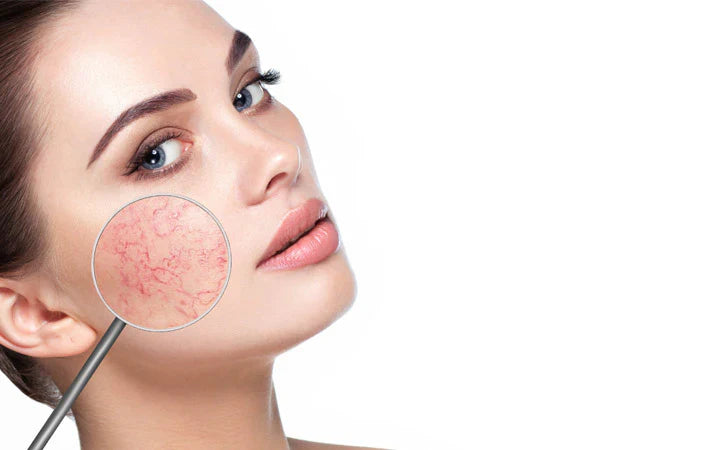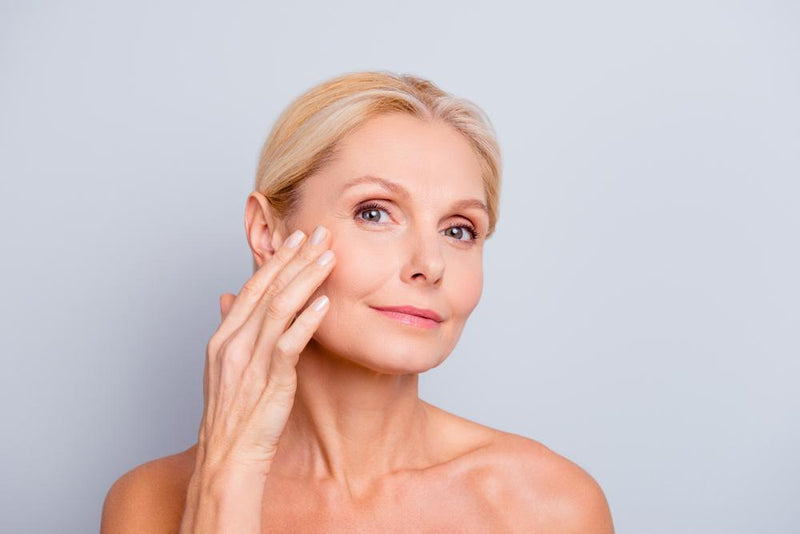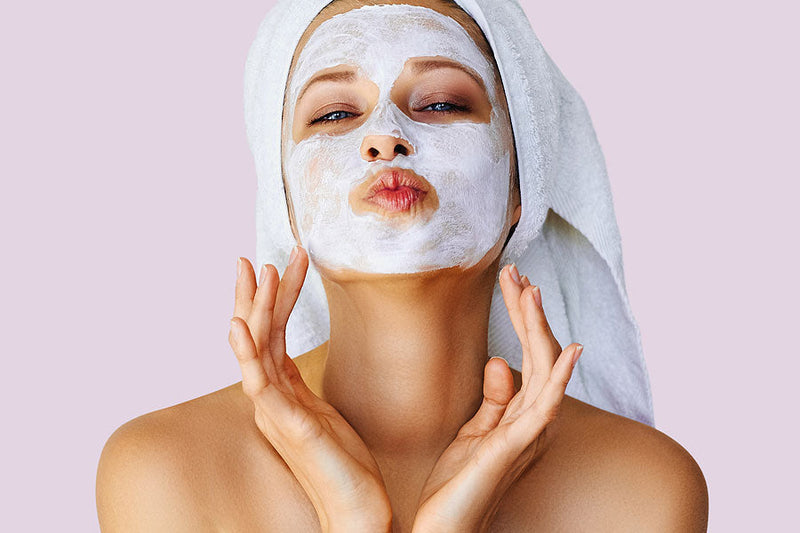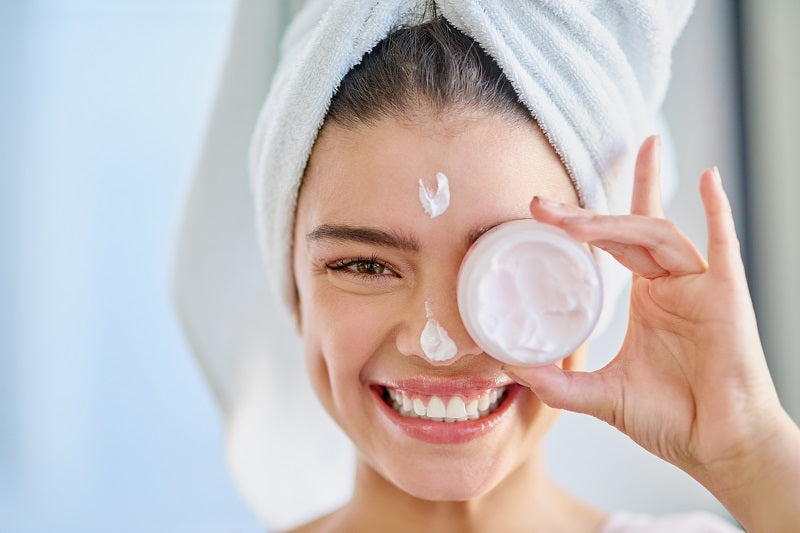

Hydration vs Moisturization: What Your Skin Really Needs (and When)
If your skin feels tight, flaky, or dull, you’ve probably reached for a “moisturizer.” But what if that’s not the real problem? Millions of people confuse dry skin (lack of oil) with dehydrated skin (lack of water)—and use the wrong products as a result. The truth is, your skin needs both hydration and moisturization, but they serve fundamentally different purposes and require distinct ingredients.
Understanding this distinction isn’t just skincare trivia—it’s the key to solving persistent texture issues, barrier dysfunction, and premature aging. In this definitive guide, we’ll decode the science behind hydration and moisturization, reveal how to identify which your skin lacks (or both!), and provide a step-by-step routine to restore balance, plumpness, and resilience.
The Core Difference: Water vs. Oil
Let’s start with the basics:
| Hydration | Moisturization |
|---|---|
| What it addresses: Water content in the skin | What it addresses: Lipid (oil) content and barrier integrity |
| Goal: Attract and bind water to skin cells | Goal: Seal in moisture and prevent water loss |
| Key ingredients: Humectants (e.g., hyaluronic acid, glycerin) | Key ingredients: Occlusives (e.g., squalane, shea butter) and emollients (e.g., ceramides, fatty acids) |
| Skin feel: Lightweight, watery, fast-absorbing | Skin feel: Richer, creamier, sometimes greasy (depending on formula) |
In short: Hydration = adding water. Moisturization = locking it in. You can be well-moisturized but dehydrated (oily skin that’s flaky), or hydrated but not moisturized (plump skin that loses water rapidly).
Signs You’re Missing Hydration (Not Moisture)
Dehydrated skin lacks water—not oil. It can affect any skin type, including oily and acne-prone. Watch for:
- Fine lines that appear worse in dry environments
- Tightness after cleansing
- Dull, lackluster complexion
- Oily T-zone with flaky cheeks (“combination dehydration”)
- Makeup that settles into fine lines
If this sounds familiar, you need humectants—not heavier creams.
Signs You’re Missing Moisturization (Not Water)
Dry skin lacks natural oils and lipids. It’s a skin type (not a temporary condition). Symptoms include:
- Chronic flakiness or peeling
- Rough, sandpaper-like texture
- Redness or irritation from wind/cold
- Cracking or itching
- Poor response to water-based serums alone
This requires barrier-repairing lipids and occlusives to prevent transepidermal water loss (TEWL).
The Science of Skin Water Balance
Your skin’s water content is regulated by two systems:
- Natural Moisturizing Factor (NMF): A mix of amino acids, urea, and sugars inside skin cells that binds water.
- Lipid Barrier: Ceramides, cholesterol, and fatty acids that form a protective seal.
When NMF is low (due to aging, harsh cleansers, or low humidity), skin can’t hold water—leading to dehydration. When the lipid barrier is damaged (from over-exfoliation, stress, or genetics), water escapes—causing dryness and sensitivity.
Effective skincare supports both systems simultaneously.
Key Ingredients Decoded
Humectants (Hydration Heroes)
How they work: Draw water from the air and deeper skin layers into the epidermis.
Top choices:
• Hyaluronic Acid: Holds 1000x its weight in water; use multi-molecular weights for surface + deep hydration.
• Glycerin: A gold-standard humectant that also supports barrier function.
• Sodium PCA: Naturally occurring in skin; excellent for sensitive types.
When to use: After cleansing, before moisturizer—on damp skin for maximum effect.
Emollients (Barrier Builders)
How they work: Fill gaps between skin cells, smoothing texture and reinforcing the barrier.
Top choices:
• Ceramides: Replenish 50% of skin’s lipid matrix.
• Fatty Acids (linoleic, oleic): Restore lipid balance.
• Squalane: Mimics skin’s natural sebum; non-comedogenic.
When to use: In serums or moisturizers, after humectants.
Occlusives (Sealants)
How they work: Form a physical barrier to prevent water evaporation.
Top choices:
• Shea Butter: Rich in fatty acids; ideal for very dry skin.
• Jojoba Oil: Structurally similar to sebum; great for combination skin.
• Dimethicone: Lightweight silicone that locks in moisture without greasiness.
When to use: As the final step in your routine, especially at night.
Your Custom Routine: Layering Hydration + Moisturization
For Dehydrated Skin (Any Type)
- Cleanse: Gentle, non-stripping formula.
- Tone (Optional): Alcohol-free hydrating toner.
- Hydrate: Hyaluronic acid serum on damp skin.
- Moisturize: Lightweight gel-cream with ceramides.
- Protect: SPF 30+ in the AM.
For Dry Skin (Lipid-Deficient)
- Cleanse: Creamy, soap-free cleanser.
- Hydrate: Glycerin-based serum.
- Moisturize: Rich cream with ceramides, cholesterol, and shea butter.
- Seal (PM only): 2–3 drops of squalane oil over moisturizer.
For Oily/Acne-Prone Skin
Yes, you need hydration too! Skip heavy occlusives, but don’t skip humectants:
- Cleanse: Foaming or gel cleanser (pH-balanced).
- Hydrate: Oil-free hyaluronic acid serum.
- Moisturize: Gel moisturizer with niacinamide and lightweight emollients.
- Protect: Matte-finish SPF.
“Hydration without moisturization is like filling a bucket with a hole in it. Moisturization without hydration is like sealing an empty bucket. You need both.” — Dr. Lena Chen, Board-Certified Dermatologist
Common Mistakes That Sabotage Results
- Applying humectants to dry skin: They’ll pull water from deeper layers, worsening dehydration. Always apply to damp skin.
- Using only water-based products on dry skin: Without occlusives, water evaporates quickly—leaving skin drier than before.
- Overloading occlusives on oily skin: Can clog pores. Opt for non-comedogenic options like squalane or dimethicone.
- Skipping hydration in winter: Cold air = low humidity. Humectants struggle to pull moisture from dry air—so layer with occlusives.
Climate & Seasonal Adjustments
Your needs shift with the environment:
- Summer/Humid Climates: Focus on hydration + lightweight moisturization. Skip heavy occlusives.
- Winter/Dry Climates: Boost both. Use richer creams and add facial oil at night.
- Air-Conditioned Spaces: Indoor air is dehydrating. Reapply hydrating mist + seal with moisturizer.
Hydration vs Moisturization in Anti-Aging
Dehydration exaggerates fine lines. Dryness accelerates barrier aging. For true anti-aging results:
- Use hyaluronic acid to plump wrinkles temporarily.
- Use ceramides to strengthen the barrier long-term, reducing “inflammaging.”
- Layer both to enhance penetration of retinoids and antioxidants.
Clinical studies show that combining humectants and barrier lipids improves skin elasticity by 28% in 8 weeks—outperforming either approach alone.
FAQs: Your Questions, Answered
Can I use a hydrating serum without a moisturizer?
Only in very humid climates. Otherwise, water will evaporate—taking your skin’s moisture with it. Always seal with at least a light moisturizer.
Is drinking water enough for skin hydration?
No. While internal hydration supports overall health, topical humectants are required to increase water content in the epidermis.
Why does my skin feel tight after moisturizing?
Your moisturizer may lack humectants—or you applied it to dry skin. Try a hydrating serum first, then moisturizer on damp skin.
Can oily skin be dehydrated?
Absolutely. In fact, dehydration often triggers excess oil production as the skin tries to compensate—leading to clogged pores and breakouts.
The Balanced Approach: A Layered Philosophy
Great skin isn’t about choosing between hydration or moisturization—it’s about mastering their synergy. Think of it as a three-step dance:
- Attract water (humectants)
- Smooth and repair the barrier (emollients)
- Lock it all in (occlusives)
When all three work together, your skin achieves homeostasis: plump, resilient, and radiant—regardless of weather, age, or skin type.
Final Takeaway
Hydration and moisturization are not interchangeable—they’re complementary. By identifying your skin’s true need (water, oil, or both) and layering ingredients strategically, you solve the root cause of dryness, dullness, and sensitivity. Start tonight: cleanse, apply hyaluronic acid to damp skin, then seal with a ceramide cream. Wake up to skin that doesn’t just look better—it functions better.
Because truly healthy skin isn’t just moisturized or hydrated. It’s both.


















